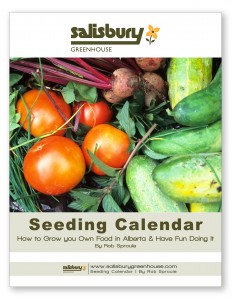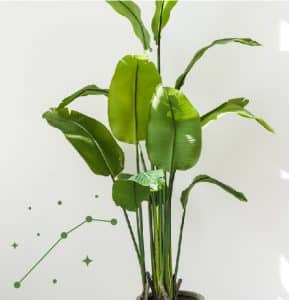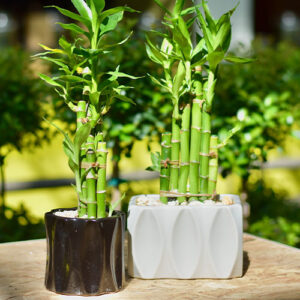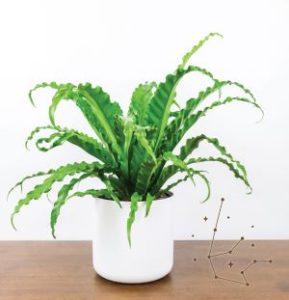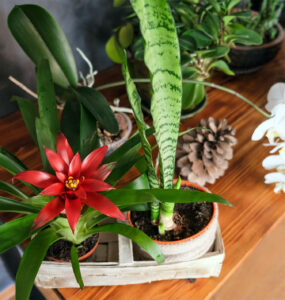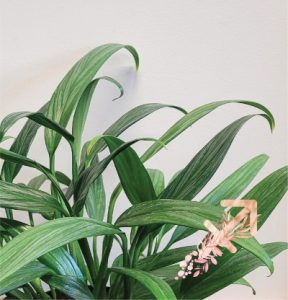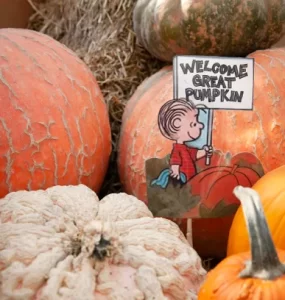Creating the perfect look for your backyard oasis is as important as growing the plants themselves. As any gardener knows, the perfect accessories to any garden are those that do some work for you. One of the most beautiful examples of this is the butterfly. With light, gossamer wings floating around your garden, it’s impossible not to see the beauty, especially when they’re making your work easier.
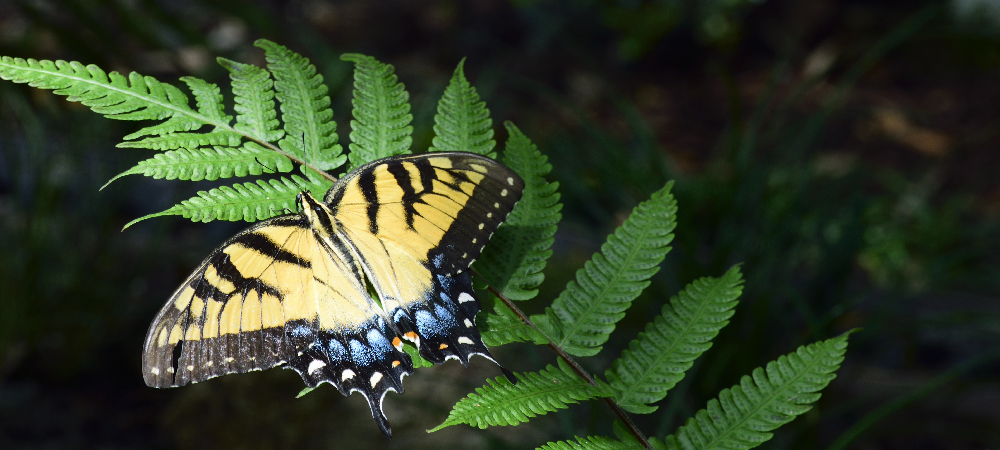
The Helping Hand
In their young stages, caterpillars actually help by eating leaves that may have become home to many unwanted pests. They will also help plants to shed their leaves in fall, preparing for the cold, dormant winters. They also help to keep nasty weeds from popping up and taking over your carefully crafted plot.
Butterflies later on in life will also help pollinate your garden. Bees have become more sparse in recent years, so every pollinator counts! While not as efficient as bees in the pollination process, the little boost that a butterfly can offer may just be what your garden needs this spring.
Butterflies are also a natural food source for birds. With butterflies present, birds will flock down for a tasty treat, bringing more beautiful, winged creatures into your garden this season for added esthetic!
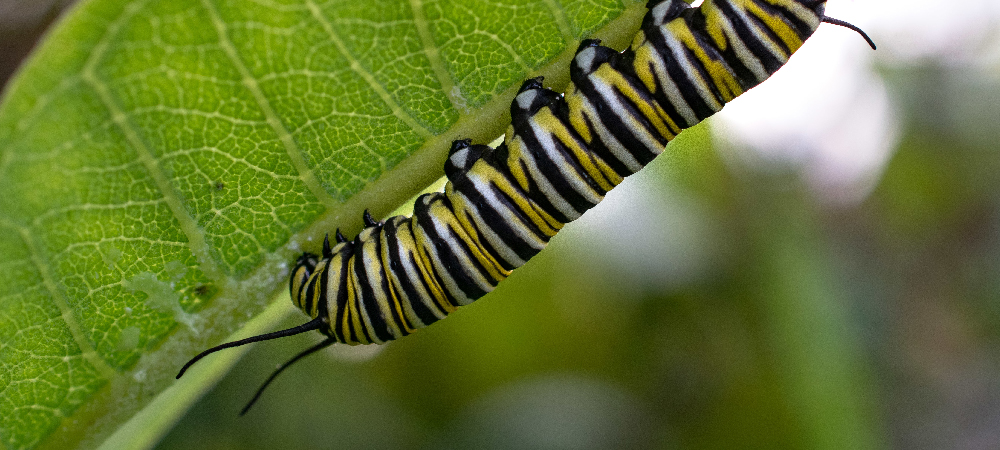
Planting a Garden for Butterflies
As attractive as they are, butterflies can also be attracted. By following a few simple steps, you can draw in some of these stunning insects this spring.
- Butterflies need warmth to wake them up and get them going. Choose an area of your yard that will get plenty of sun for the butterflies to get their morning boost.
- Sweet nectar is a main source of nutrition for butterflies. Planting blooms with sweet aromas will help to entice them. Blueberry, Lilac, and Viburnum are great for spring. Bee Balm, Milkweed, and Salvia are perfect for summer.
- Butterflies are known for their nearsightedness. Plant your garden densely to attract them to the luscious foliage. Adding herbs and veggies to your plot will encourage butterflies to lay their eggs in the garden, for more beautiful wings all spring. Dill Weed and Carrot are excellent options for delicate foliage in a flower garden.
- Don’t worry about removing all weeds. Prevent overgrowth, but leave a sparse number for young caterpillars to chew on while they’re prepping to pupate.
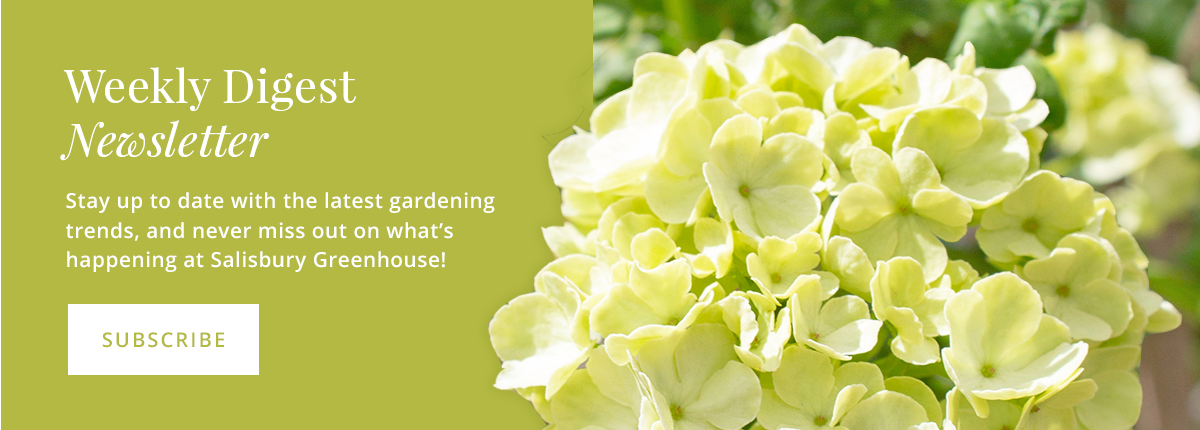
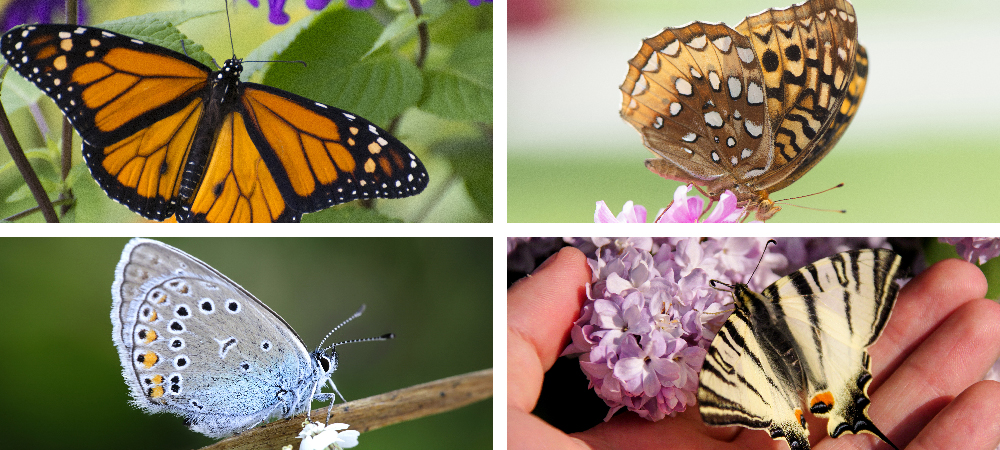
Monarchs and More
As with dog breeds, butterfly species are all different and have different preferences and behaviours. Here are a few common butterflies and how to attract them to your garden:
Monarchs are famous for their orange-red wings, with white spots and black veins. As striking as they are, it’s obvious why anyone would want them in their garden. These butterflies are natural travellers, though. Flitting off every year, keeping them in your yard can feel impossible. In fact, the best way to consistently see them in your garden is to breed them there.
Monarch caterpillars feed on milkweed as their natural sustenance. Additionally, the nectar of milkweed is a favourite food source for adult Monarchs. Planting a couple of varieties in your garden will naturally intrigue them to stop for their breeding. Butterfly Weed and Swamp Milkweed are both excellent choices for proven results.
Great Spangled Fritillaries are gentle giants that you’ll love for their sheer size alone. Their wings have a tawny top with black stripes, and a pale colour underneath, featuring silver spots. Lure them in with Violets to attract them for breeding. They enjoy feeding on floral nectars from plants like Milkweed, Verbena, Bergamot, and Purple Cornflower, just to name a few.
Silvery Blues, also known as Common Blues, have iridescent colouring of silvers and blues, with contrasting dark borders and white fringe. Little fairy-like critters, these butterflies can be drawn in for breeding on Lotuses, Lupines, or Sweet Clover. As adults, they particularly love the nectar from Daisies!
Eastern Tiger Swallowtails get their name from their easily identifiable males, yellow with dark tiger stripes. Their females are just as striking: black with shadowy stripes and a row of blue chevrons. They can’t resist the taste of Wild Cherry and Lilac. They also won’t say no to a little Milkweed, either.
With these tips and tricks in mind, you should have no troubles getting a fluttering, flowering garden in no time, this season.

